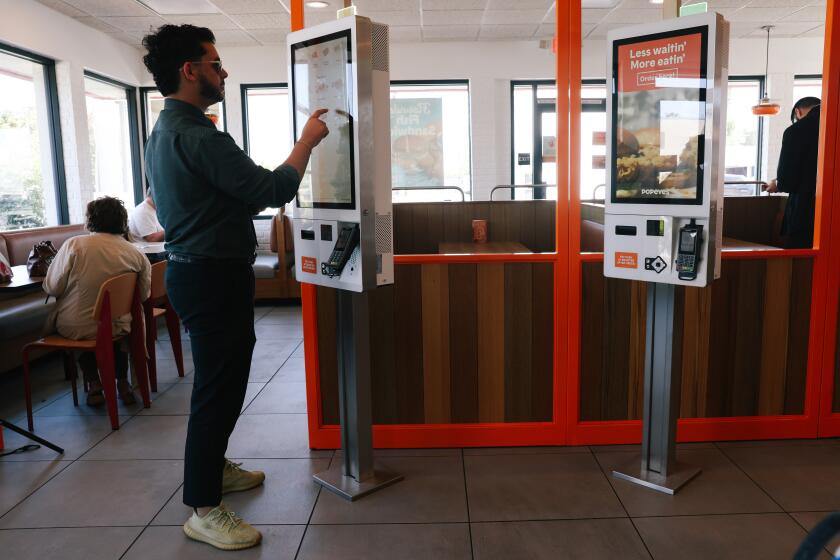Salmonella mystery
The salmonella outbreak has not only sickened close to 1,000 people, it has inflicted an embarrassing blow to the U.S. Food and Drug Administration.
After weeks of warning consumers away from the most common fresh tomatoes, the FDA now says it isn’t sure that tomatoes are to blame. About 1,700 tomatoes have been tested, and none has contained the Salmonella Saintpaul bacterium implicated in the outbreak. Meanwhile, more people have fallen ill. Though tomatoes are still suspect, investigators are now examining the ingredients of fresh salsa, including cilantro, tomatillos and at least two types of peppers. All this comes a year after the FDA began its tp:// www.cfsan.fda.gov/%7Edms/tomsafe.html “> www.cfsan.fda.gov/%7Edms/tomsafe.html in response to previous salmonella outbreaks.
Incensed tomato producers, having lost $100 million so far, complain that the FDA was too hasty in issuing a warning. We disagree. As costly and painful as the whole mystery has been, imagine if the FDA had reason to suspect tomatoes and failed to warn the public.
Though public attention is on the FDA’s current inability to find the source of the salmonella, the true breakdowns in its operations have been building for years, from grossly inadequate funding -- the agency has only enough staff to inspect fields once every 10 years -- to its own failure to require such sensible procedures as bar-coded labels that could be used to track produce.
It’s particularly hard to track salmonella in tomatoes, which are eaten by more than half of Americans. The fruits are grown commercially in many regions of this and other countries. They are shipped, commingled, washed together, processed and repackaged. It’s a perfect recipe for spreading contamination.
The food industry shares a hefty portion of the responsibility and should have moved long ago to resolve ongoing problems with food contamination. Though the number of food poisoning outbreaks has dropped over the years, the size of the outbreaks is much larger. That’s a result of the switch from small family farms to large agribusiness, and the processing of mingled produce from various growers and regions. With losses in the millions on tomatoes alone, the industry should be asking itself whether the savings of mass production are worth the cost.
The Western Growers Assn. showed the way. After the E. coli contamination of spinach in 2006, the group took the initiative in developing voluntary food safety standards for leafy greens, and it paid for the California Department of Food and Agriculture to inspect growers’ operations more often. Enlightened growers like these understand that it is in their best interest to protect the public.
More to Read
Eat your way across L.A.
Get our weekly Tasting Notes newsletter for reviews, news and more.
You may occasionally receive promotional content from the Los Angeles Times.






